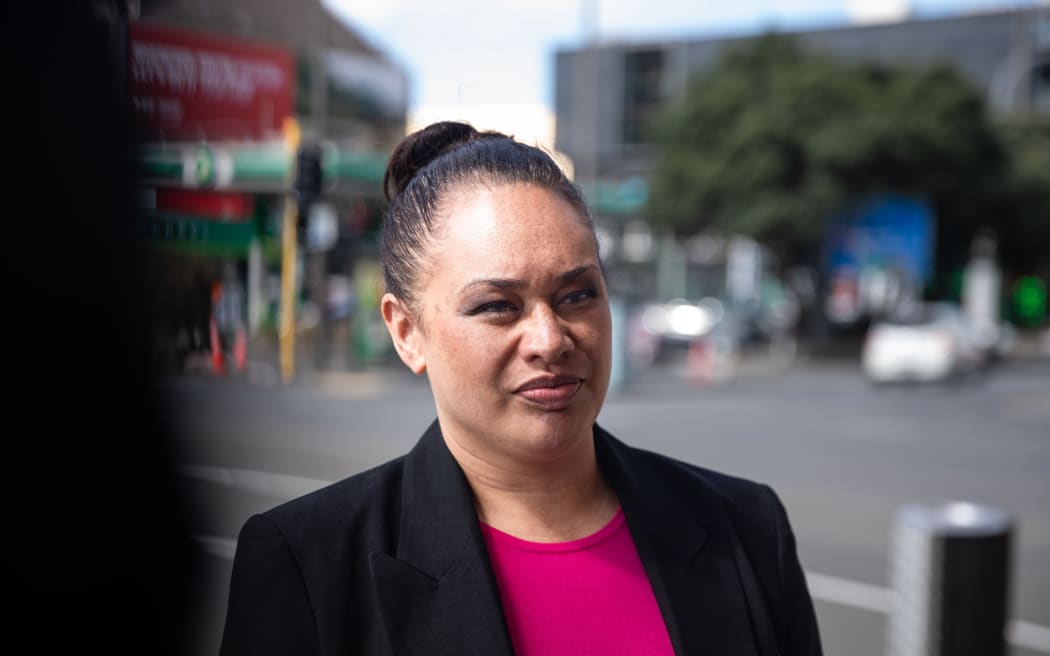
Christchurch Mayor Phil Mauger will get one of the higher pay bumps due to his $200,000 salary. Photo: RNZ / Nate McKinnon
Mayors and councillors will get an average pay rise of 3.7 percent from 1 July.
The Remuneration Authority, which sets the pay rates annually, has completed its determination for 2024/2025.
Chairperson Geoff Summers said the new rates were determined “with a lot of difficulty” but the increase aligned with the public sector.
“It’s complicated because local government is complicated. It probably takes more of our time each year to do local government than it takes for all of our other client groups.”
The 2023/24 pay rates show how much the salary varies across the country.
In Christchurch, the mayor earns $200,000 but in Kaikōura it is $86,000.
Councillors with no extra responsibilities earn $23,155 in Stratford, to more than $100,00 in Christchurch and Wellington.

Summers said the authority devised a sizing system for councils after a full review in 2018 of how pay was set for local government members.
“We had to find a way of being fair to everybody. We worked out the size of each council as compared to each other so that two councils of a relatively similar size would get a relatively similar remuneration pool.”
The sizing for city and district councils has since been determined by four factors: population, total assets, total expenditure and socioeconomic deprivation.
“It also goes through a complicated process of weighting to which there’s not a lot of science. It’s just us trying to be fair and consistent,” Summers said.
“We leave Auckland out – it’s an outlier because it’s so big – and we leave Chatham Islands out because it’s so small. That leaves Christchurch as the biggest, and we then size them all the way down to determine a remuneration pool for each.”

Wellington Mayor Tory Whanau will get the pay rise on top of her $183,027 salary. Photo: RNZ / Samuel Rillstone
Councillors in two councils of a similar size might be paid differently depending on the number of elected members, Summers said.
“If one council has 12 councillors and another has only 10, the remuneration pool would be the same but shared out differently.”
The authority decided the remuneration pool available to each council, but councils themselves advised how they wanted to allocate the money, he said.
“Councils tell us what their various roles should be paid according to the needs of the area – for example, what number of councillors chair committees, or the workload of a deputy mayor.”
Pay rates would be reviewed again using the latest data before local body elections next October, Summers said.
“Every three years, we have another look at the sizing and the factors used to determine remuneration.
“We need people to know before they put their name forward as a candidate what they are likely to be paid.”
In the intervening years, the authority applies Stats NZ’s labour cost index to align elected member pay rates with wages across the public sector.
LDR is local body journalism co-funded by RNZ and NZ On Air.